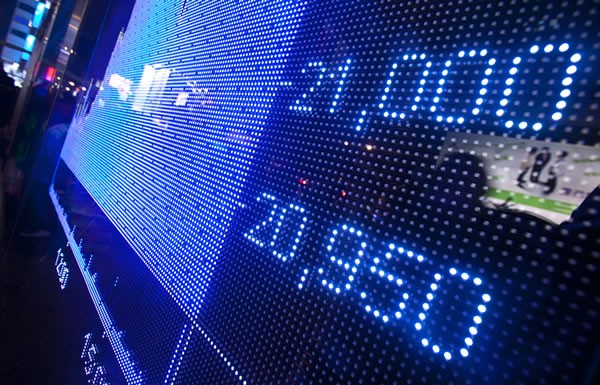Richard Cayne Meyer International explains the Big Differences Between 1990s Bull Market and This One
The S&P 500 has returned an impressive 26 percent on an average annual basis since bottoming in March 2009, a performance that more or less replicates what happened ahead of the tech stock bubble that burst in March 2000. The bursting of the tech bubble in 1999 erased more than USD 5 trillion in stock-market value and several market analysts see similarities between those times and the present says Richard Cayne at Meyer International in Bangkok Thailand.
Of course the differences are there. Valuations on the S&P 500 remain around historical averages, even after returning 164 percent since the market hit bottom 50 months ago. Equities trade at around 16 times trailing 12-month profits compared to an average of 25 during the late 1990s. Equity returns this time around have been accompanied by earnings growth, as earnings have surged upwards by about 20 percent per year since 2009, twice as fast as they did during the dot-com advance.
Richard Cayne Meyer states that bears argue that today’s price-to-earnings ratios suggest investors lack confidence in the sustainability of earnings growth and don’t trust this rally. Bulls counter that they imply stocks are valued fairly and have further room to run.
The bulls also have this on their side: the Federal Reserve is providing the economy with an unprecedented level of support. In the late 1990s, the Fed was actively looking to cool the pace of economic growth (GDP growth exceeded 4 percent and inflation was heating up) and raised interest rates six times from 1999 to 2000. By contrast, GDP growth since 2009 has averaged 2 percent annually, and the Fed has kept interest rates near zero percent for the past five years while it has pumped USD 2.3 trillion of economic stimulus into the economy, all in the name of spurring growth explains Richard Cayne Meyer.
Richard Cayne at Meyer International Ltd in Bangkok Thailand explains that in addition the equity market run-up of the late 1990s was driven mainly by individuals, as opposed to institutional, investors as we see today. Today’s rally has taken place despite individual investors, who have pulled more than USD 400 billion from equity funds over the past four years and have added more than USD 1 trillion to bond funds (in 2013 alone, bond funds through mid-May received more than four times as much money as equity funds).
There’s a lot of skepticism about the state of the US economy and the current equity markets. That said says Richard Cayne of Meyer International Ltd today is a far different time that the late 90’s with far more support and still at realistic market valuations. With governments around the world printing money at historically high levels it would make sense for inflation to further take hold and equity markets continue to surge much higher.









